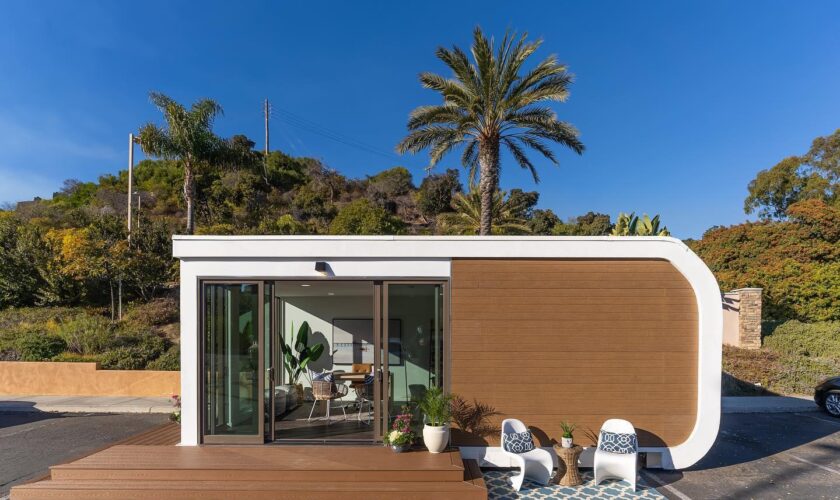Do you know what prefabricated homes are? Some of you are perhaps debating if these will be the perfect place for you to call home. There are many advantages of prefabricated homes, but you must understand how they may differ from homes that are built on-site in a traditional method in order to make your decision.
However, if you are wondering what prefab homes are, we will explain what prefabricated homes are.
What is the prefabricated house?
Prefabricated houses, often known as “prefab homes,” are “modular houses” or simply “prefabs” that are built in factories and thereafter delivered piece by piece to a specific site to be constructed. They can also be built on any “service plots,” which are typically the sites of any demolished structures, or also on the grounds of existing homes.
How it is different from any modular home?
If you have done any research on prefabricated homes, you must have probably come across modular homes. Do you know their difference?
Modular homes are a subclass of the prefabricated housing category. A prefabricated home is a home in which either one or more elements are prefabricated in a certain factory and then brought to the site to be erected.
As a result, modular homes are a subtype of any prefabricated homes only.
What are the various benefits?
The most significant advantage of prefabricated construction is its low cost. Bespoke does not come too cheap, and with these prefabricated homes, the necessity for construction workers to spend hours on-site building a house from the ground up is eliminated, resulting in significant cost savings.
Also, manufacturing costs are lower, and several estimates imply that prefabricated houses will be built in almost half the time it takes to build typical dwellings, resulting in significant environmental benefits.
It is also a significant bonus when considering the present housing crisis in the UK, the government’s goal is to build no fewer than 300,000 homes every year to address the problem.
Modular homes are also known for being inexpensive, however, their flexibility allows them to be customized to meet a wide range of choices and budgets. Many people feel that prefabricated homes will be low-quality since they are “factory-built” and may be put together in a couple of days.
On the other hand, they are frequently complimented for their “upmarket” vibe and solid construction, implying that homeowners who choose prefab don’t have to make any compromises.
In addition, the interruption from ongoing construction is reduced, which benefits both residents and the neighbouring community. Once they have left the factory premises and reached their destination, prefab homes usually take no more than 4 to 6 weeks for assembly.
As a result, both air, as well as noise pollution, are reduced. In fact, this process is environmentally friendly from beginning to end, because modular homes require more advanced planning, there is less waste and fewer resources are used to create the final product.
So, what is your opinion about the future of a prefabricated home? Whether prefab will be the future? What do you now think?
